
For as long as we’ve been driving, the internal combustion engine has been our principal source of power. Battery electric motors are slowly replacing them now but even so, the vast majority of us still drive cars with engines in them.
These lumps of metal live under our bonnet, drink petrol or diesel and have cylinders and valves that go about their business of speeding us along. But how much do you actually know about them? Take our fiendish quiz to find out.
Results
Well done. This was quite tricky with a few curveball questions in their but you obviously know your engines.
Bad luck. There were some tricky questions in there. We hope you learnt some of the surprising facts about engines.
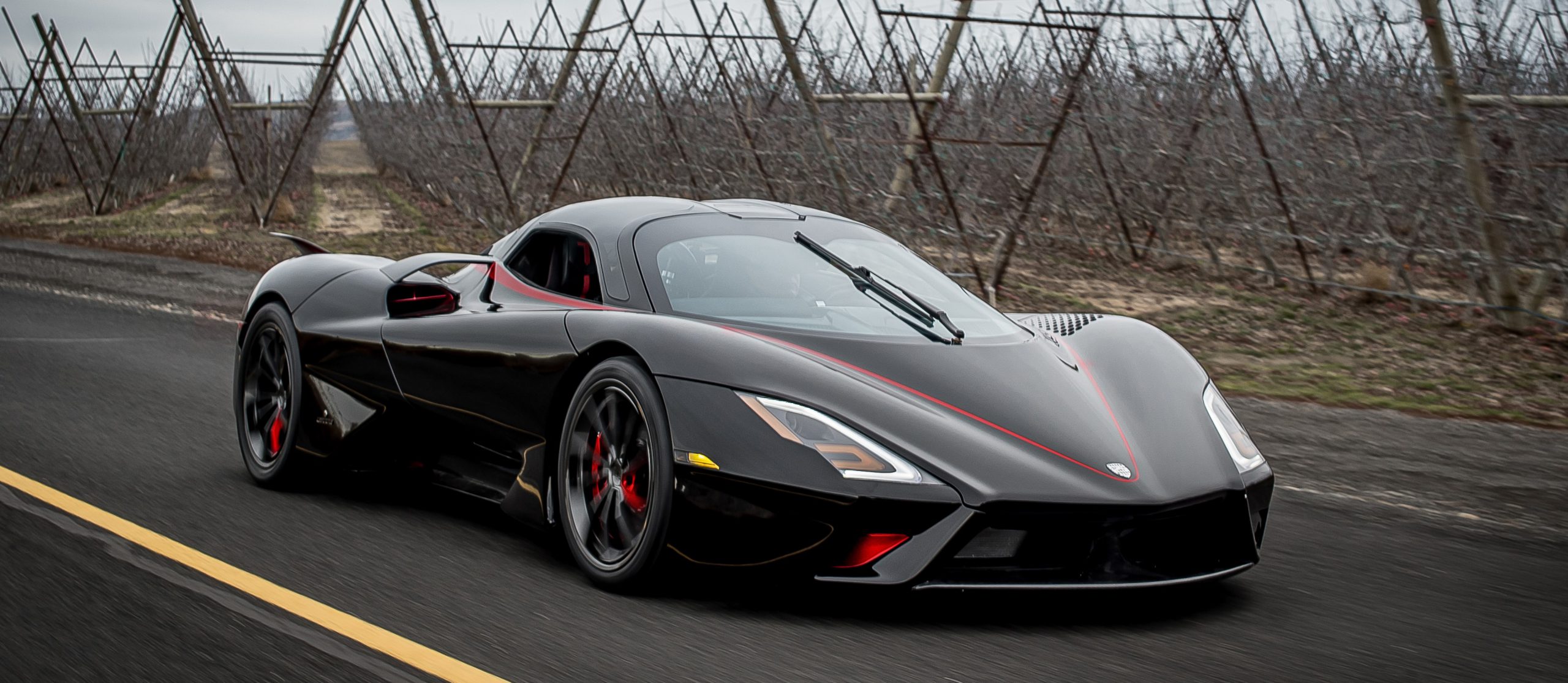
#1. America’s SSC Tuatara is the most powerful petrol car in production. How many horsepower does it have?
It produces 1750hp from its 5.9-litre V8 twin turbo engine. That might sound like a lot but run it on non-street legal fuel and you can get a whopping 2200hp out of it! Its top speed has been unofficially recorded at 331mph. So far it’s ‘only’ done a verified 295mph. Oh well…
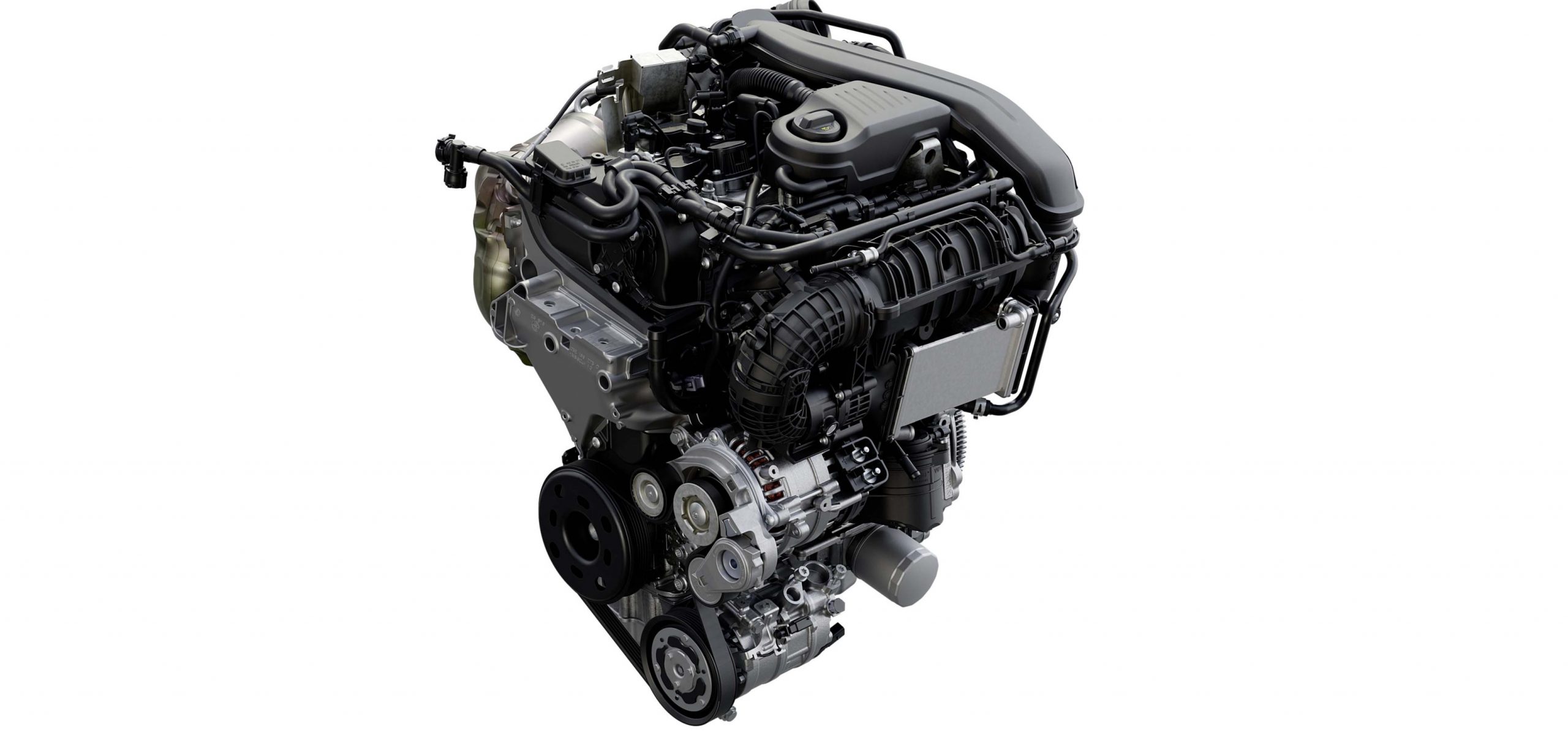
#2. How efficient is a modern internal combustion engine?
Sadly, even the most efficient combustion engine is only around 40 per cent efficient. Most of its energy is wasted generating useless heat and exhaust gases. Interestingly, the best electric motors are about 90 per cent efficient.
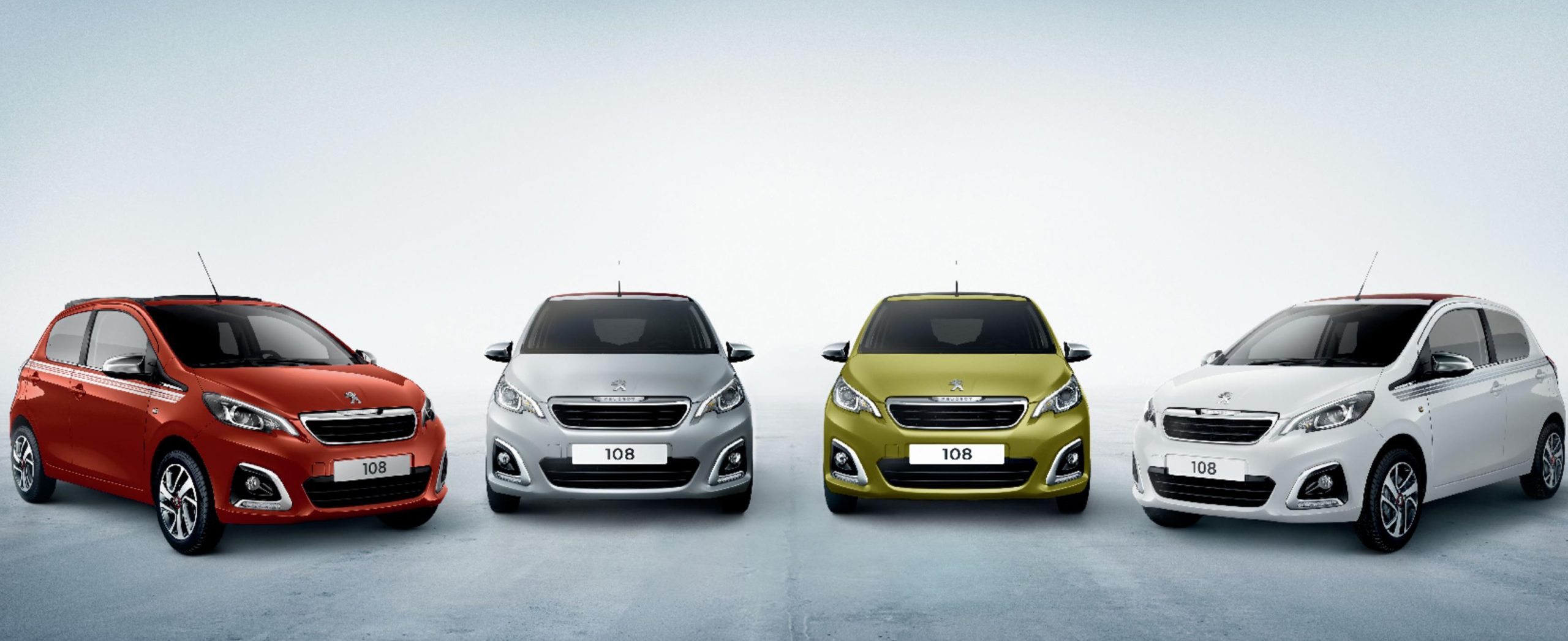
#3. The Peugeot 108 and Citroen C1 are the most economical petrol cars on sale now. What is their mpg?
Beneath their badges, the cars are basically identical and they return a fuel-sippingly impressive 79mpg from their 1.0-litre petrol engine.
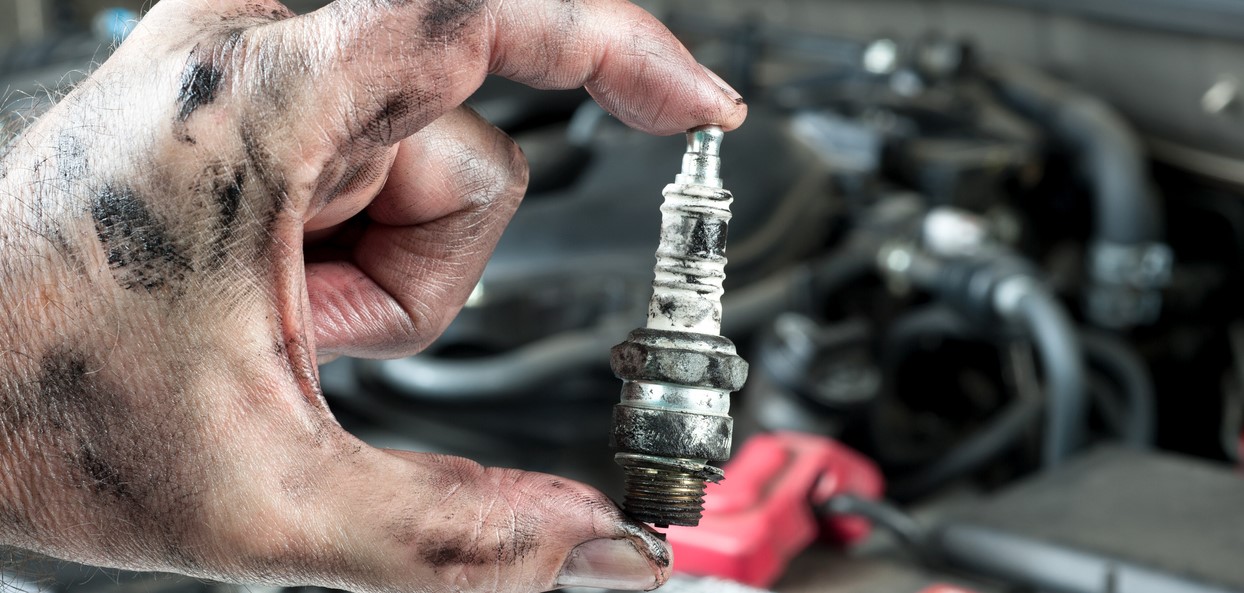
#4. Do all combustion engines have spark plugs?
The answer is 3. Diesel engines compress the fuel until it ignites without needing ignition from spark plugs.
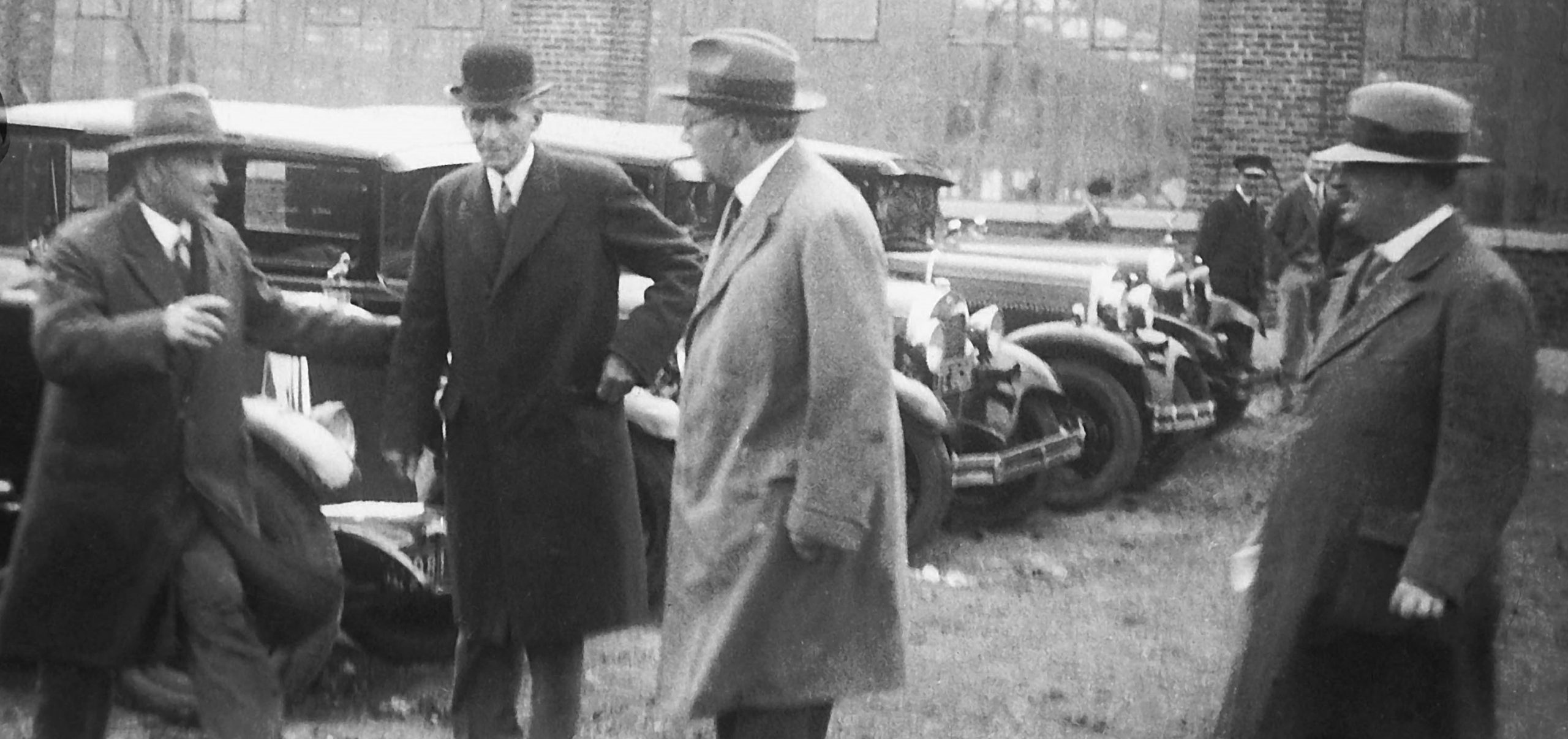
#5. Why did the engine become so popular?
In its early days, the combustion engine was up against steam and battery power as a means of moving cars along. But it was easier to use than both. And it quickly became apparent that combustion engines were better for covering long distances than either battery or steam. When Henry Ford (second from the left in the picture, on a visit to the UK Ford factory) came up with a way of mass producing combustion engines, its victory was sealed.

#6. The biggest ever engine was in a 1910 car called the Beast of Turin. How big was it?
The Fiat S76 ‘Beast of Turin’ (above) had a monstrous four-cylinder 28,353cc engine. Yet it produced a relatively measly (by today’s standards) 300 horsepower. It did a top speed of 132mph which was enough for it to be acclaimed the world’s fastest car – although that wasn’t a world record because it wasn’t timed properly. Unsurprisingly judging by its looks and name, the Beast’s original driver called it ‘uncontrollable’. It’s now owned by an English collector who has restored it and runs it at the Goodwood Festival of Speed.
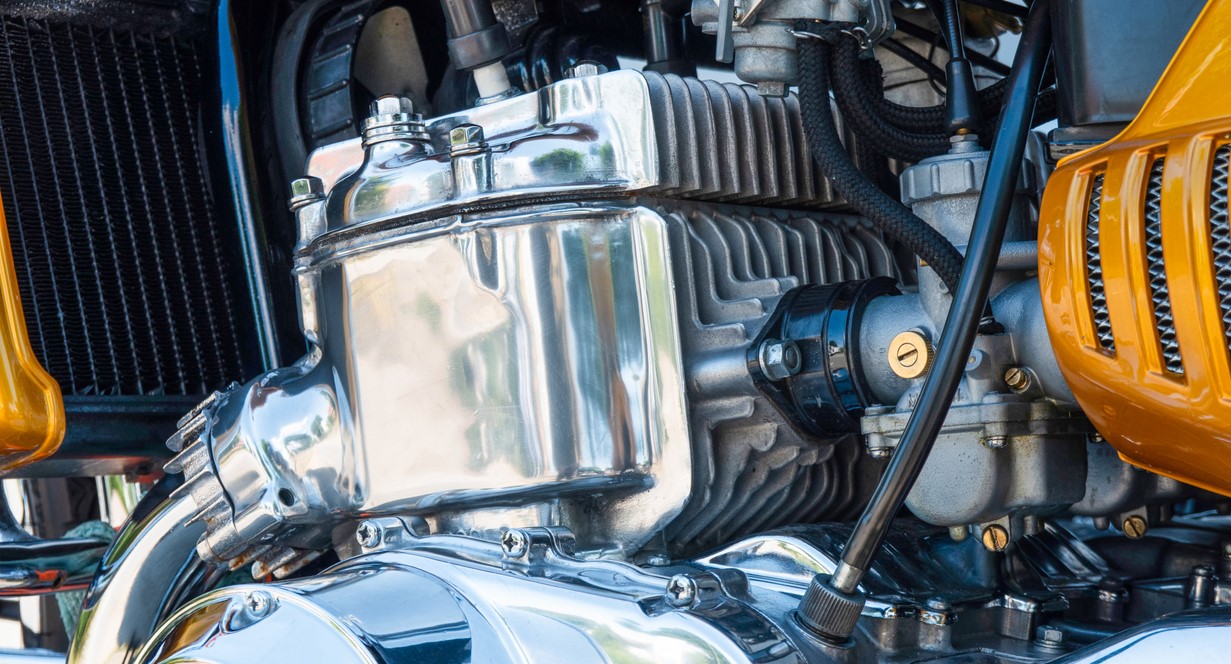
#7. Which of the following ISN’T true about a four rather than two-stroke engine?
Two and four stroke refers to the number of up-and-down cylinder movements it takes for the engine to burn its fuel. There used to be two-stroke car engines but they require much more maintenance than four-stroke engines. Four-strokes are also not as polluting and better for delivering power at low revs, hence why they’re used.
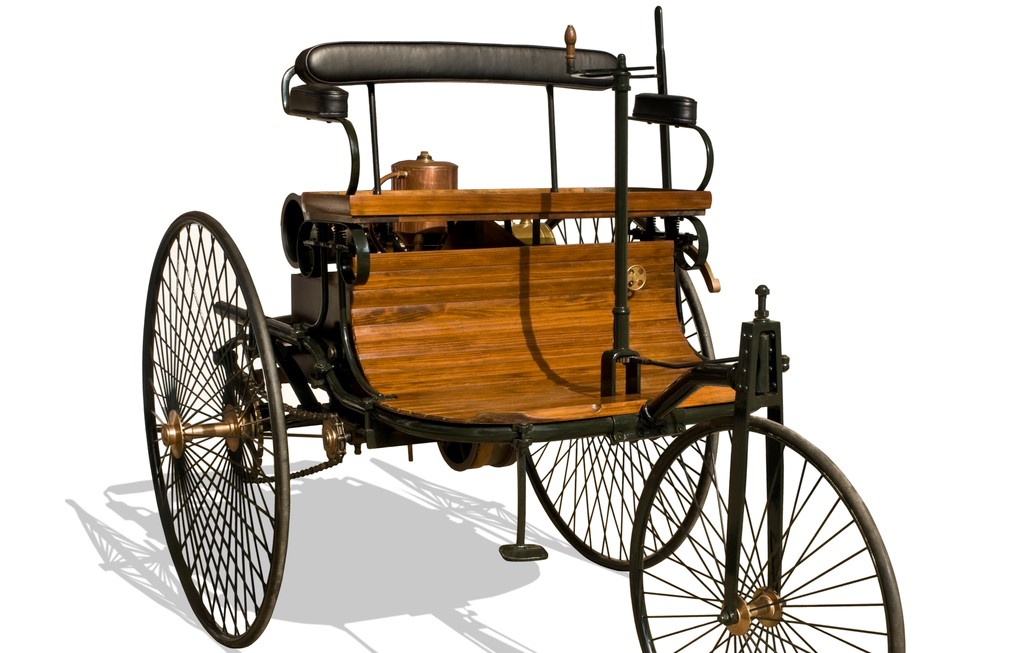
#8. When was the first combustion engine made?
The unit generally considered to be the first functional internal combustion engine had a patent applied for in 1860. It was designed by Franco-Belgian engineer Jean-Joseph Étienne Lenoir. It wasn’t until the 1880s that an engine found its way into a car, the Benz above.
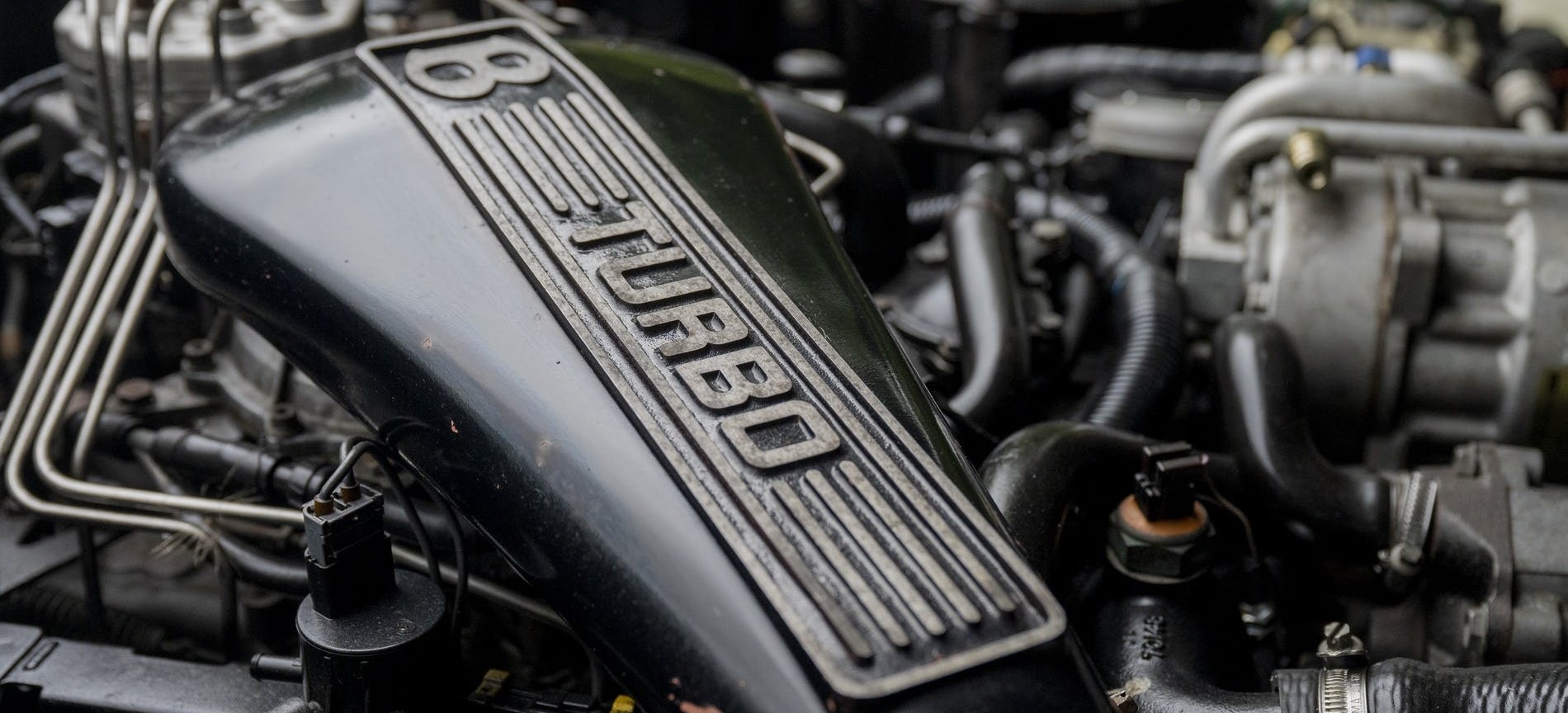
#9. How does a turbocharger work?
It works by exhaust gases being diverted to power a compressor. This takes cold air, compresses it and forces it into the cylinders where it burns with the fuel. By forcing more air into the engine, the turbo increases power compared with a non-turbo car.
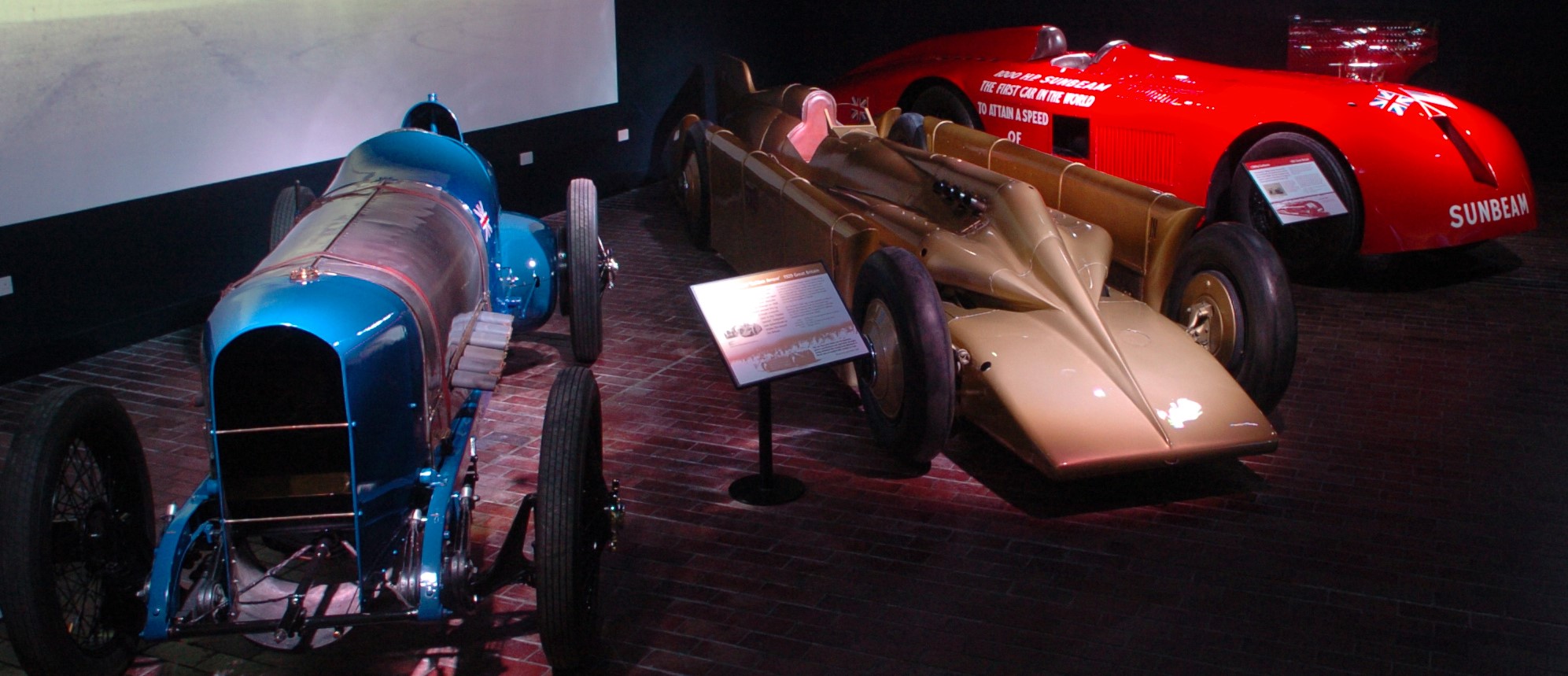
#10. When was the last time a combustion engine broke the land speed record?
It was the Railton which achieved an average speed of 394.19mph over a mile just after World War 2. After that, land speed record cars became jet engined. The most recent, the 763mph Thrust SSC, used two Rolls-Royce fast jet engines that developed 102,000bhp ‑ about 37 times the power of the Railton’s 12-cylinder aircraft engines!



